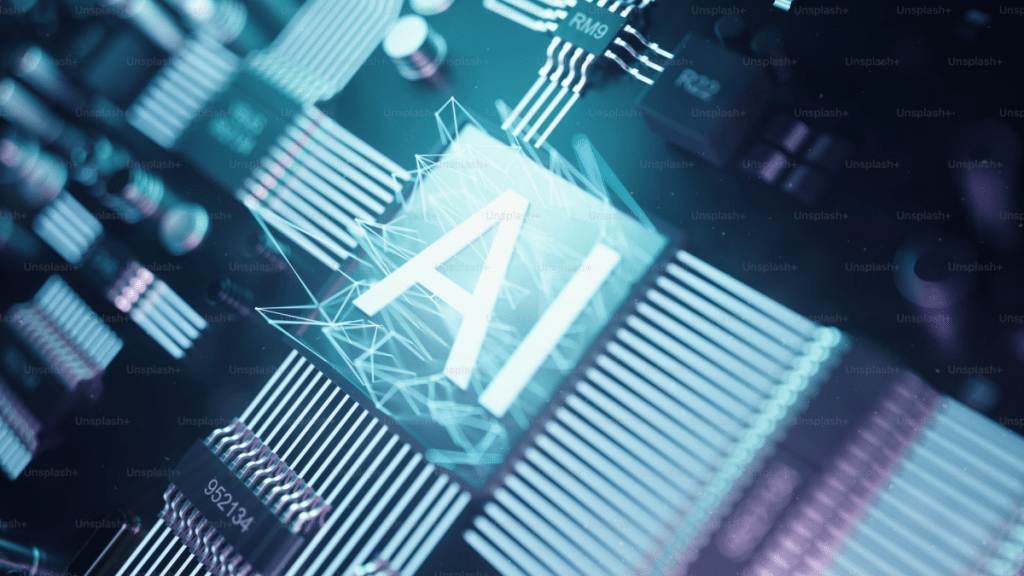Building and maintaining infrastructure generates major carbon emissions through material production, construction processes, and long-term operations. Artificial intelligence transforms traditional methods with tools that analyze structural wear, monitor resource use, and predict maintenance timing. These systems help construction teams cut waste and emissions while building structures that last longer, creating practical solutions for sustainable infrastructure as cities expand.
Smart Technology Meets Construction Innovation
Buildings grow more complex each year, integrating advanced materials with sophisticated mechanical and electrical systems that all need precise coordination. AI helps construction teams avoid standard building permit delays through more innovative planning while balancing thousands of interconnected decisions about materials, timing, and methods.
AI platforms reshape construction by processing millions of variables and analyzing everything from ground conditions to crew schedules. While experienced builders once relied intuition to coordinate complex projects, AI tools now spot hidden patterns and connections across all building phases. This technology turns site coordination into a precise science, where teams catch problems early and turn potential waste into opportunities for smarter resource use.
Machine Learning for Better Building Practices
AI tools at major construction sites already demonstrate their value through practical applications. In Singapore’s upcoming eco-district, machine learning systems adjust concrete pours based on real-time humidity and temperature readings, preventing waste from poorly timed operations. The same technology tracks equipment movement patterns, suggesting more efficient site layouts that cut fuel usage and emissions from heavy machinery.
Automated Decision Support Systems
Project managers now rely on AI assistants to flag potential issues before they create waste. At Barcelona’s ongoing metro expansion, automated systems track material deliveries against actual usage, preventing overstock and identifying opportunities to share resources between stations. The technology spots patterns humans might miss, like how schedule changes at one site could help solve material shortages at another, turning potential waste into useful inventory.
Smart Resource Management Through AI
AI helps build more sustainable structures by tracking and analyzing every aspect of resource use on building sites. Teams now process thousands of data points about material performance, environmental impact, and site conditions in real time.
These tools model how different materials and methods perform across varying climates and usage patterns while tracking waste, transport costs, and processing energy. Smart monitoring helps teams catch usage patterns that create waste, spot opportunities to reuse materials, and pick options that last longer with less environmental impact. The result is a faster, more practical approach to cutting waste and emissions that doesn’t sacrifice building quality.
Waste Reduction and Materials Science
AI tracks materials across construction sites, analyzing demolition waste and matching usable pieces with new building needs. The systems suggest precise processing methods like optimal crushing sizes for concrete and cutting patterns for steel – to maximize reuse options while minimizing energy use. This approach turns standard construction waste into valuable resources, reducing disposal costs and new material needs.
This materials-focused approach extends to selecting new components as well. Modern construction projects rely on AI to identify technical industrial applications for ceramic coatings and composites that reduce replacement needs.
Smart Material Combinations
AI analyzes how different materials interact to create better building solutions. By studying countless material combinations, machine learning tools suggest mixes that improve durability and cut maintenance needs. These systems track performance through weather cycles and stress conditions, letting construction teams fine-tune their material choices for specific sites and climates while reducing long-term resource use.
AI-Powered Infrastructure Monitoring
Modern infrastructure faces constant stress from weather, usage, and environmental factors, making early problem detection crucial for preventing resource-intensive repairs. AI systems now process data from networks of embedded sensors, routine inspections, and environmental monitors to build detailed pictures of how structures respond to daily pressures.
These tools track subtle changes in material integrity, structural movement, and wear patterns across entire building systems. By catching small shifts in performance early, maintenance teams can address developing issues with targeted fixes instead of major repairs or replacements. This proactive approach extends infrastructure life while reducing the material and energy costs typically associated with emergency repairs and unplanned maintenance.
Smart Preventive Maintenance
AI monitoring shows its value across major infrastructure projects worldwide. For instance, the Smarter, Cleaner Sydney Harbour program in Australia uses intricate AI-powered sensors and cameras to streamline the monitoring of litter polluting the harbor. The system spots developing issues and suggests fixes during low-traffic periods, reducing the need for emergency repairs that often waste materials and resources.
Adaptive Management Systems
AI helps infrastructure adapt to changing conditions without wasting resources. Take the Port of Rotterdam’s AI-guided reconstruction project as a prime example: machine learning tools analyze weather patterns, ship traffic, and structural stress to guide repairs while minimizing material use. This smart approach to large-scale infrastructure extends the life of materials, minimizes maintenance strains, and significantly lowers costs.
Final Thoughts
AI brings measurable improvements to infrastructure projects by tackling specific construction challenges. Smart material selection and real-time monitoring help teams catch problems early, while waste tracking systems turn unused resources into building materials.
As more construction companies adopt these proven AI methods, teams find new ways to build better while using less. Forward-thinking construction firms that embrace sustainable technology often see growth through improved project outcomes and increased efficiency.

